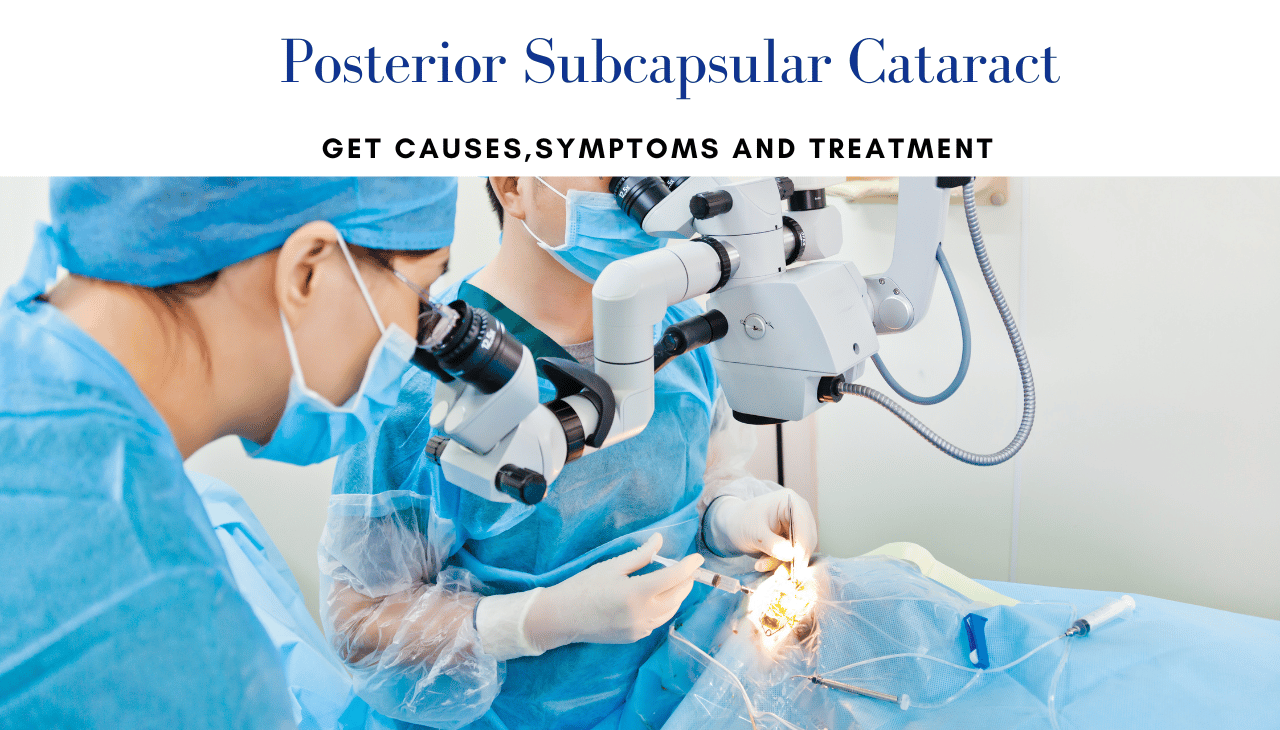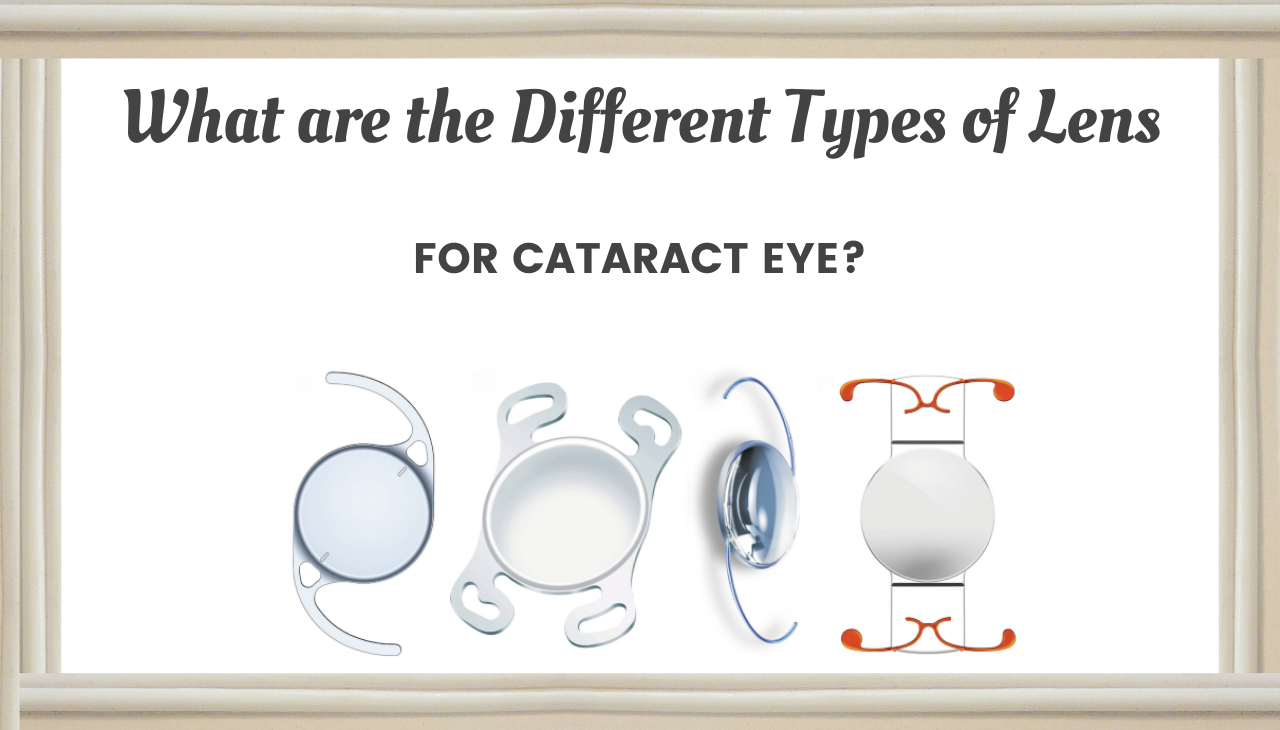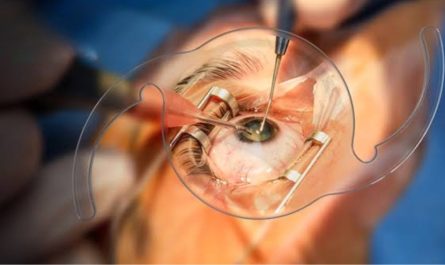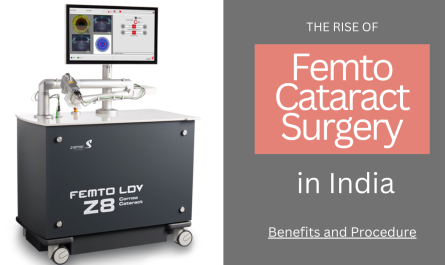Cataracts are a common eye condition that primarily affects older adults, leading to cloudy vision and difficulty seeing clearly. Among the various types of cataracts, the posterior subcapsular cataract (PSC) is a specific form that can significantly impact vision quality, especially in the later stages of life. Understanding the PSC, its causes, symptoms, and treatment options is essential for anyone concerned about their eye health. In this blog, we will delve into the basics of posterior subcapsular cataracts, explore their causes, discuss available treatment methods, and provide expert insights to help you make informed decisions regarding eye care.
What is a Posterior Subcapsular Cataract?
A posterior subcapsular cataract (PSC) is a type of cataract that forms at the back (posterior) of the lens capsule, just under the thin layer of the lens. The lens of the eye functions much like a camera lens, focusing light onto the retina to create clear vision. Over time, changes in the lens can cause it to become cloudy, leading to cataracts.
In the case of PSC, the clouding occurs closer to the retina, causing more severe vision impairment. This type of cataract can significantly reduce visual acuity, particularly in low-light conditions, and cause glare or halos around lights. PSC cataracts tend to progress faster than other types, and early intervention is often necessary to maintain good vision. To learn more about how to protect your eyes and prevent cataracts, check out below blog on “Cataract Prevention: Tips to Protect Your Vision.” In this blog, we cover important topics such as lifestyle changes, proper eye care, the role of nutrition, and UV protection to help safeguard your vision.
Causes of Posterior Subcapsular Cataracts
While aging is the most common cause of cataracts, several other factors can contribute to the development of a posterior subcapsular cataract. These include:

- Aging: As we grow older, the proteins in the lens break down, leading to clouding. PSC typically develops in individuals over the age of 50, though it may occur earlier in some cases.
- Diabetes: People with diabetes are at a higher risk of developing cataracts, including PSC. High blood sugar levels can lead to changes in the lens, promoting cataract formation.
- Corticosteroid Use: Long-term use of corticosteroid medications, such as prednisone, can increase the risk of PSC development. This is particularly true for people who take steroids for autoimmune conditions or chronic inflammatory diseases.
- Trauma or Injury: Any injury to the eye or trauma to the lens can result in the formation of cataracts, including PSC.
- Radiation Exposure: Individuals who have undergone radiation therapy, particularly for cancer treatment, may be at an increased risk of developing cataracts, including PSC.
- Genetic Factors: A family history of cataracts or other eye conditions may predispose individuals to developing PSC earlier in life.
- Other Conditions: Diseases such as myopia (nearsightedness), retinitis pigmentosa, or uveitis can also increase the likelihood of developing PSC.
Symptoms of Posterior Subcapsular Cataract
The symptoms of PSC can vary in intensity but typically include:
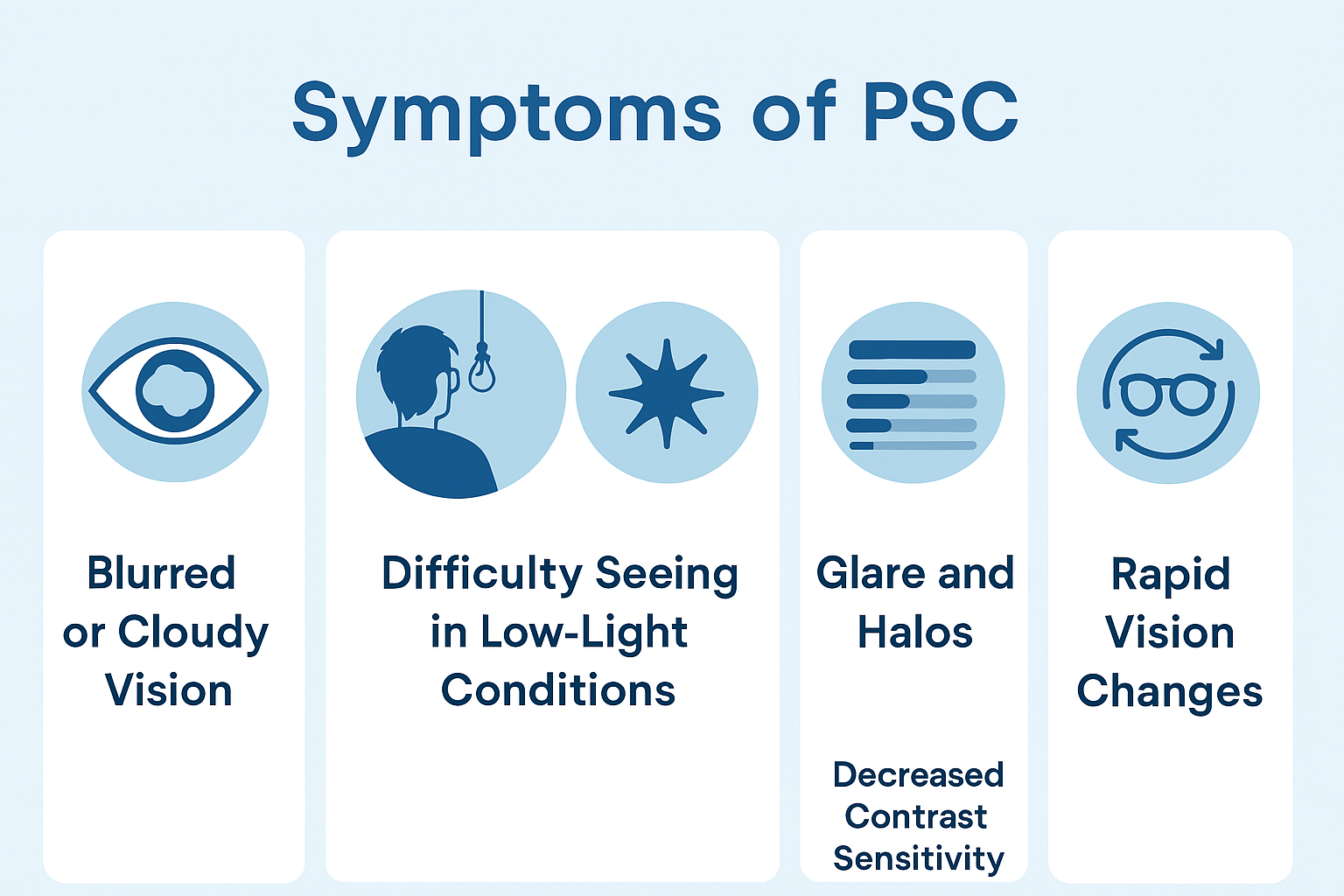
- Blurred or Cloudy Vision: As the cataract progresses, vision becomes increasingly blurred, especially when reading or performing tasks that require focus.
- Difficulty Seeing in Low-Light Conditions: Since PSC affects the rear portion of the lens, it can make it harder to see in dim lighting, such as at night.
- Glare and Halos: Individuals with PSC often experience glare from bright lights, such as headlights while driving at night, and halos around lights.
- Decreased Contrast Sensitivity: You may find it difficult to distinguish objects that are similar in color or contrast, such as white text on a light background.
- Rapid Vision Changes: PSC cataracts can develop more quickly than other types, meaning vision may deteriorate faster than expected, often over a short period.
If you experience any of these symptoms, it’s essential to consult with an eye specialist promptly.
How Do Posterior Subcapsular Cataracts Develop?
Posterior subcapsular cataracts (PSC) develop when the proteins in the lens of the eye begin to break down and form clumps at the back of the lens, just beneath the lens capsule. The lens, which is normally clear, becomes cloudy as these protein deposits accumulate. Unlike other types of cataracts that typically form at the center of the lens or in other areas, PSC forms in the posterior (back) part of the lens, right under the capsule. This location makes PSC particularly troublesome for vision because it can interfere with light entering the eye and reaching the retina.
PSC cataracts often progress more quickly than other types, leading to rapid changes in vision. The condition can begin with small, almost imperceptible changes, but over time, the clouding can worsen, causing significant visual impairment. Factors such as aging, genetics, and environmental influences, including long-term steroid use or uncontrolled diabetes, can accelerate the development of PSC. Additionally, trauma or radiation exposure to the eye can increase the likelihood of developing this specific type of cataract.
Treatment Options for Posterior Subcapsular Cataracts
The primary treatment for PSC is surgery. Cataract surgery involves the removal of the cloudy lens and its replacement with an artificial intraocular lens (IOL) that restores clear vision. There are a few different types of cataract surgery options available:
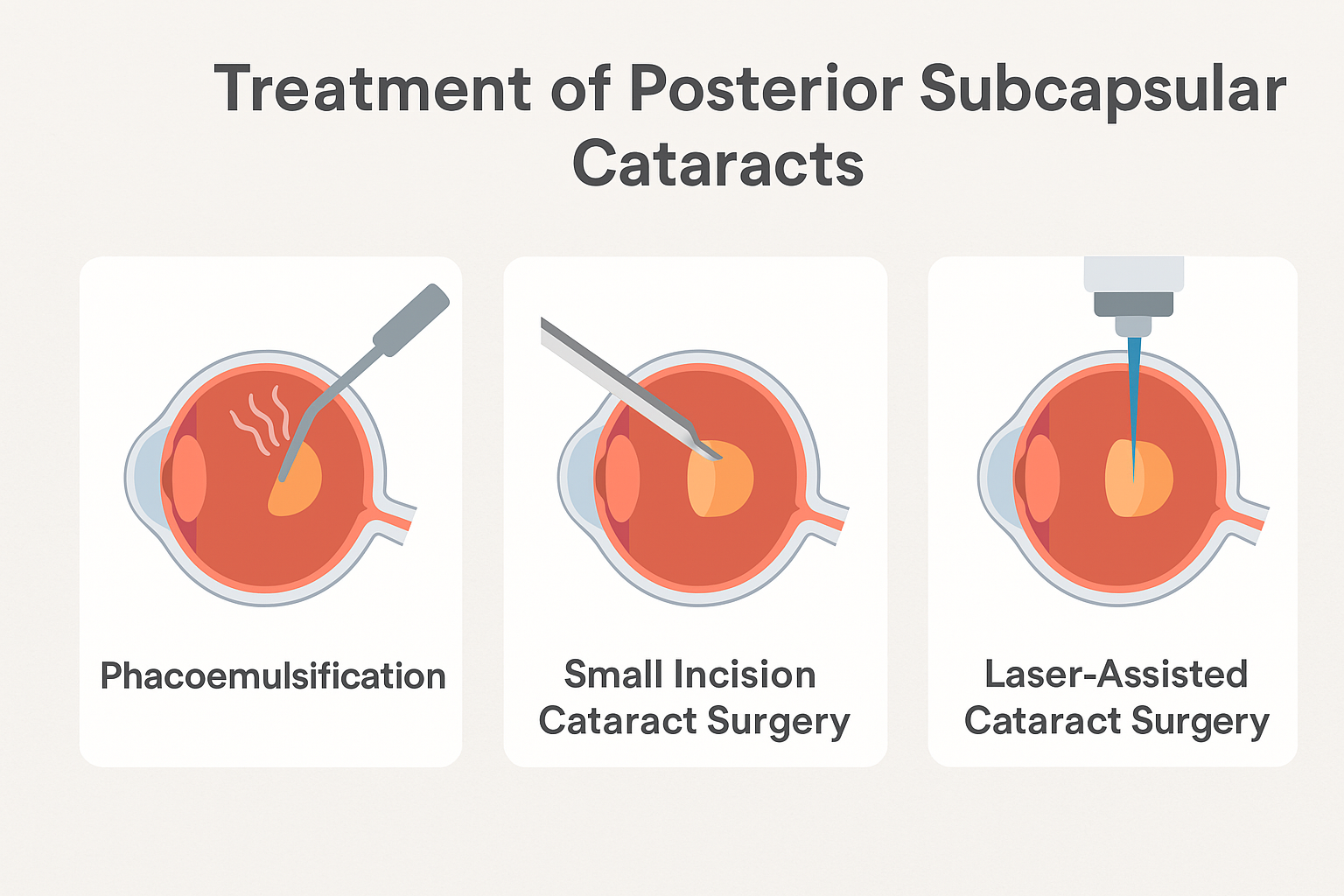
- Phacoemulsification (Phaco): This is the most common and advanced method of cataract surgery. It involves using ultrasound waves to break up the cloudy lens into smaller pieces, which are then removed through a small incision. This method requires only a tiny incision, resulting in quicker recovery times and less postoperative discomfort.
- Small Incision Cataract Surgery (SICS): This procedure uses a slightly larger incision compared to phacoemulsification. While it requires more time for recovery than phaco, it is still a safe and effective option for many patients.
- Laser-Assisted Cataract Surgery: In some cases, a laser may be used to assist in the fragmentation and removal of the cloudy lens. This technology provides greater precision and can enhance the overall outcome of the surgery.
Following surgery, patients typically experience a rapid improvement in vision. However, it may take some time for the eye to fully heal, and it’s important to follow post-surgery care instructions to minimize risks of infection or complications.
Additional Insights and Expert Recommendations
To maintain healthy eyes and prevent complications such as PSC cataracts, here are a few expert tips:
- Regular Eye Exams: Even if you don’t have symptoms, routine eye exams can help detect cataracts or other eye conditions early.
- Healthy Diet: Eating a balanced diet rich in antioxidants, vitamins, and minerals may help protect the eyes from cataract formation.
- Manage Chronic Conditions: Keeping conditions like diabetes under control can reduce the risk of developing cataracts.
- Protect Your Eyes from UV Radiation: Wearing sunglasses with UV protection can help shield your eyes from harmful sun rays, which may contribute to cataract development.
Consultation with Laxmi Eye Hospital
If you are experiencing symptoms of a posterior subcapsular cataract or are concerned about your eye health, it is crucial to seek professional advice. Laxmi Eye Hospital, one of the largest chains of eye hospitals in Mumbai, has been offering expert eye care for more than 30 years. With experienced eye doctors and a transparent approach to treatment, Laxmi Eye Hospital provides top-notch cataract care, including SICS and Phacoemulsification surgeries.
Laxmi Eye Hospital has multiple locations in Panvel, Kharghar, Kamothe, and Dombivli, making it accessible for residents across Mumbai. Book an appointment today for a consultation with our specialists to discuss cataract treatment options tailored to your needs.
FAQs
- What is a posterior subcapsular cataract? A posterior subcapsular cataract is a type of cataract that forms at the back of the lens, affecting vision by causing blurred vision, glare, and difficulty seeing in low-light conditions.
- What causes posterior subcapsular cataracts? Common causes include aging, diabetes, prolonged corticosteroid use, eye injury, and radiation exposure.
- How is a posterior subcapsular cataract treated? Surgery, specifically phacoemulsification or small incision cataract surgery, is the most common treatment for PSC cataracts.
- Can posterior subcapsular cataracts develop quickly? Yes, PSC cataracts tend to progress faster than other types of cataracts, leading to rapid vision changes.
- What should I do if I have symptoms of a cataract? If you notice symptoms like blurred vision or glare, it’s important to schedule an eye exam with a qualified ophthalmologist.
Conclusion
Posterior subcapsular cataracts can significantly affect your quality of life, but with early diagnosis and appropriate treatment, they can be managed effectively. Cataract surgery offers a reliable solution, and maintaining good eye health through regular check-ups can help prevent or delay their development. If you’re concerned about your eye health, Laxmi Eye Hospital provides comprehensive cataract care and expert treatment to restore clear vision.

